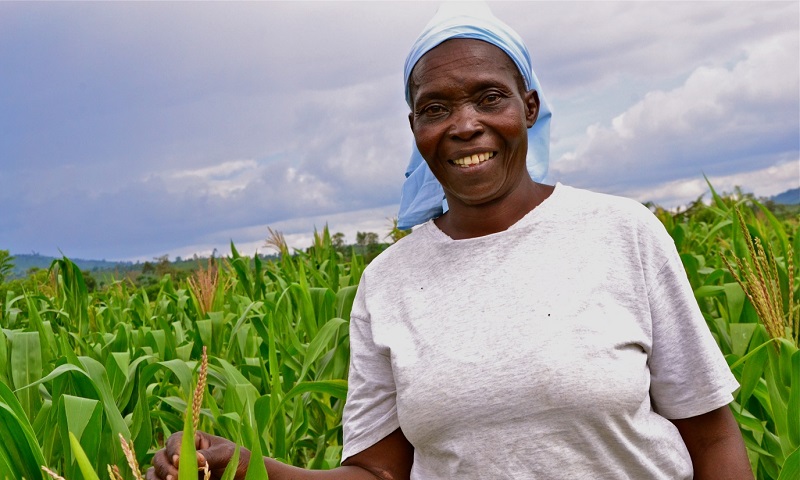
Since 2013, the NGO, the Equal Rights Trust has advocated for the adoption of an equal rights approach to development, which rests on comprehensive equality legislation prohibiting discrimination on all recognized grounds and requiring states to adopt positive (affirmative) action measures to address substantive inequalities of particular groups. The difference between development with and without this approach is the difference between enforceable rights and unaccountable aspirations.
As we entered 2016, a new resolution to “transform our world” by 2030 came into effect. On January 1, the 17 Sustainable Development Goals (SDGs) replaced the Millennium Development Goals (MDGs). With this New Year’s resolution came a new wisdom. Among many other advances, the SDGs address one major shortcoming of the MDGs: the failure to make reducing inequality a development goal.
The MDGs largely neglected the role which inequality can play in frustrating human development efforts. This has had serious consequences, both for the communities that have been excluded and for the success of national policy measures designed to achieve development goals. Yet the centrality of equal rights in development policies is not a new idea among strategic thinkers. Nobel Prize Laureate Amartya Sen is one such long-time advocate for equality in development. A reflection of the need to reduce inequality is also found in the early work of the UN Development Programme.
In recent years, research by NGOs and the UN has demonstrated that ethnic and religious minorities, persons with disabilities and older persons have frequently been left behind by MDG efforts focused on achieving aggregate targets. Success in reaching such targets often obscured an increase of the gap between groups within a country. For example, an aggregate reduction of maternal mortality by 75 percent (MDG 5) might be achieved by concentrating efforts in urban centres while ignoring rural or remote communities. Though this achieves quick results for the aggregate goal, there are still groups left behind.
The SDGs’ focus on reducing inequality is to be welcomed and as the new framework came into effect at the beginning of 2016, the pressing question now is how can it be achieved? The solution, increasingly recognised over the last years, lies in the direction of holistic government-led interventions; but what has not been stressed, as strongly as it should have been, is that an essential element of this approach is the adoption and enforcement of comprehensive equality laws on which such policies should be based.
There are several examples in Kenya where legal equality is needed for holistic, sustainable development. Until just a few years ago, it was legal for courts in Kenya to discriminate against widows in succession cases. Disinherited widows would be evicted from their homes and land and would have no means of redress. A new Constitution adopted in 2010, finally prohibited such discrimination. If women are able to seek enforcement of their legal right to equality, they would be stepping up to an entirely new level on their ascent to full participatory equality with men.
The Equal Rights Trust, among others, works with Kenyan women to enable them to move forward. Our project, carried out in partnership with the Federation of Women Lawyers (FIDA) – Kenya, provides legal assistance through community-based organisations to women and children in Kenya experiencing gender-based violence, difficulties inheriting land and property and a lack of access to education.
Earlier this year we spoke to one beneficiary of the project, Veronica, who outlined how our support had empowered her to demand more from her husband, who had abandoned her and their children.
“There are so many things I did not know before that I do now,” Veronica told us. She continued,
“After receiving advice, I got my husband to appear and sign a legal document stating our shared responsibilities. His part stated he was the father of my three children and he would contribute to their education, healthcare and food […] because of this I am no longer so overburdened.”
With effective equality legislation in place, an ethnic minority living in a marginalised area can use the law to challenge development policies which direct resources to other parts of the country. Persons with disabilities can challenge the failure to accommodate their needs in places of education and employment. Furthermore, all those disadvantaged by history and policy can take effective steps to reducing the inequality gap in their societies.
The MDGs of the past 15 years stepped over the inequality gaps. The SDGs of the future require taking a good look at these gaps to create the regulatory framework for interventions that would shrink them.
This article was adapted from its original version featured on Jurist.
 Welcome to the United Nations
Welcome to the United Nations